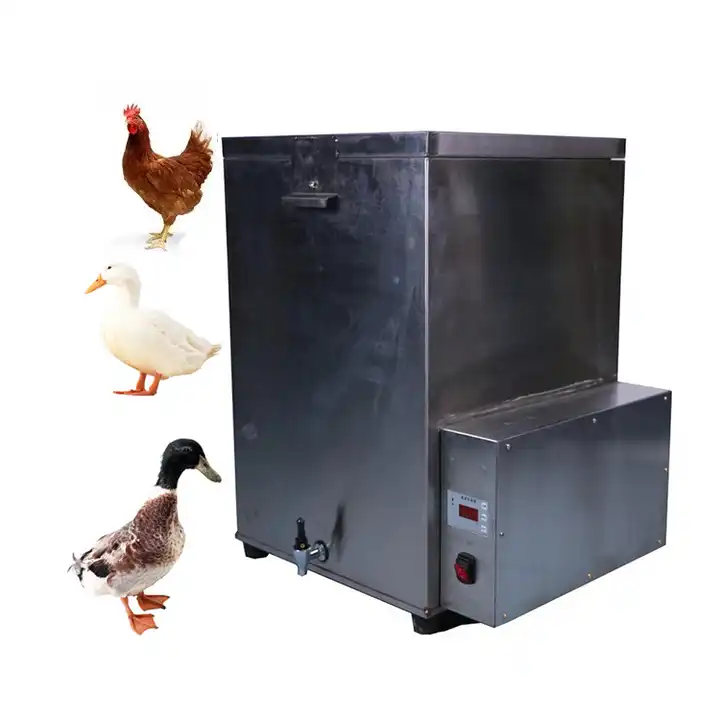Cage Systems for Raising Chickens in Commercial Layer Production Farms and Their Benefits
Aug . 05, 2024 03:08 Back to list
Cage Systems for Raising Chickens in Commercial Layer Production Farms and Their Benefits
The Importance of Chicken Layers Cages in Modern Poultry Farming
The poultry industry has experienced significant advancements in recent years, particularly regarding the housing and management of laying hens, commonly known as chicken layers. One pivotal innovation in this sector is the implementation of layer cages, which provides a systematic approach to raising chickens for egg production. This article delves into the benefits, challenges, and the future of chicken layers cages in modern poultry farming.
Benefits of Chicken Layers Cages
One of the primary advantages of using cages for chicken layers is enhanced productivity. Layer cages are designed to optimize space and improve efficiency in egg production. By housing individual birds in separate cages, farmers can closely monitor their health and well-being while ensuring that each hen has access to food and water. This arrangement typically leads to higher egg production rates compared to traditional free-range or barn housing systems.
Another significant benefit revolves around biosecurity. Caged systems reduce the risk of disease transmission among chickens as the confined spaces limit interaction between birds. This becomes especially crucial in large-scale operations, where an outbreak can jeopardize the entire flock. By minimizing exposure to pathogens, farmers can maintain healthier birds, resulting in better quality eggs and reduced medication costs.
Additionally, chicken layers cages facilitate easier management and maintenance. The design of these systems allows for efficient cleaning and egg collection. Farmers can quickly access each cage, ensuring that the birds are maintained in a hygienic environment. This mechanization not only saves time but also reduces labor costs, allowing farmers to reallocate resources to other areas of their operation.
Challenges and Ethical Considerations
chicken layers cage

Despite the many advantages, the use of chicken layers cages has faced scrutiny and criticism, particularly concerning animal welfare. Critics argue that confining hens to cages restricts their natural behaviors, such as nesting, foraging, and social interaction. In response to these concerns, certain regions have begun implementing regulations to move towards cage-free systems, which allow hens more freedom to roam and engage in natural behaviors.
Another challenge faced by this system is the initial investment required for cage construction and maintenance. While layer cages can lead to long-term savings through increased efficiency and productivity, the upfront costs can be a barrier for small-scale farmers. Therefore, financial support and education on the benefits of cage systems are essential for fostering widespread adoption.
The Future of Chicken Layers Cages
The future of chicken layers cages is one marked by innovation and adaptation. With growing consumer demand for ethically-produced eggs, the poultry industry is evolving to balance productivity with welfare concerns. Research efforts are ongoing to design more humane cage systems, known as enriched cages, which provide hens with additional space and facilities such as nesting boxes and perches.
Moreover, advancements in technology play a crucial role in the evolution of chicken layers cages. Automation in egg collection and feeding systems can further improve efficiency and animal welfare. Farmers can leverage data analytics and artificial intelligence to monitor flock health and optimize production processes.
In conclusion, chicken layers cages represent a significant advancement in poultry farming, offering numerous benefits in productivity, biosecurity, and management efficiency. However, the ethical considerations surrounding animal welfare cannot be overlooked. As the industry moves forward, it is essential for producers to balance these aspects, embracing innovations that enhance both productivity and the quality of life for the birds. With ongoing developments, the future of chicken layers cages holds promise for both farmers and consumers alike.
-
Hot Sale 24 & 18 Door Rabbit Cages - Premium Breeding Solutions
NewsJul.25,2025
-
Automatic Feeding Line System Pan Feeder Nipple Drinker - Anping County Yize Metal Products Co., Ltd.
NewsJul.21,2025
-
Automatic Feeding Line System Pan Feeder Nipple Drinker - Anping County Yize Metal Products Co., Ltd.
NewsJul.21,2025
-
Automatic Feeding Line System - Anping Yize | Precision & Nipple
NewsJul.21,2025
-
Automatic Feeding Line System - Anping Yize | Precision & Nipple
NewsJul.21,2025
-
Automatic Feeding Line System-Anping County Yize Metal Products Co., Ltd.|Efficient Feed Distribution&Customized Animal Farming Solutions
NewsJul.21,2025






